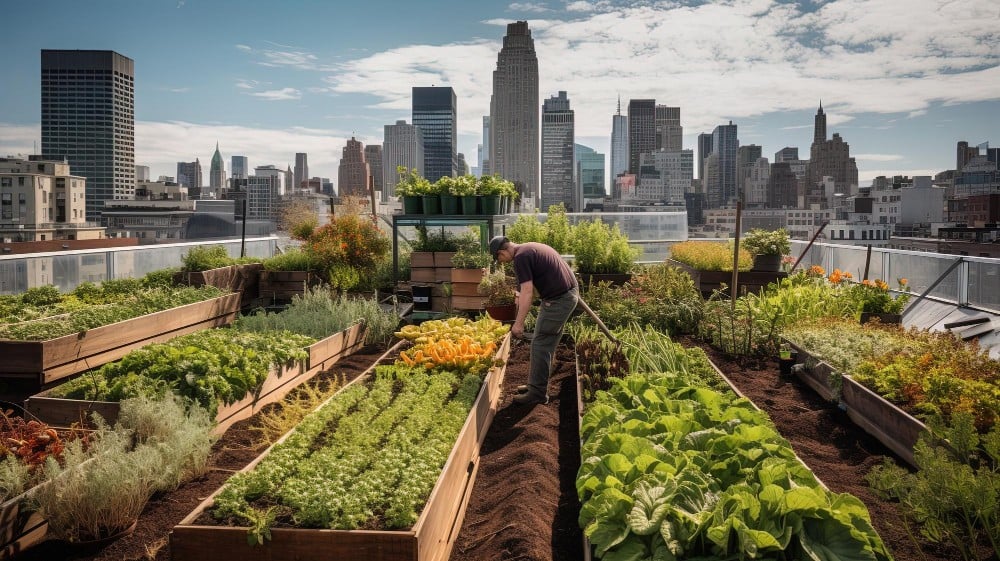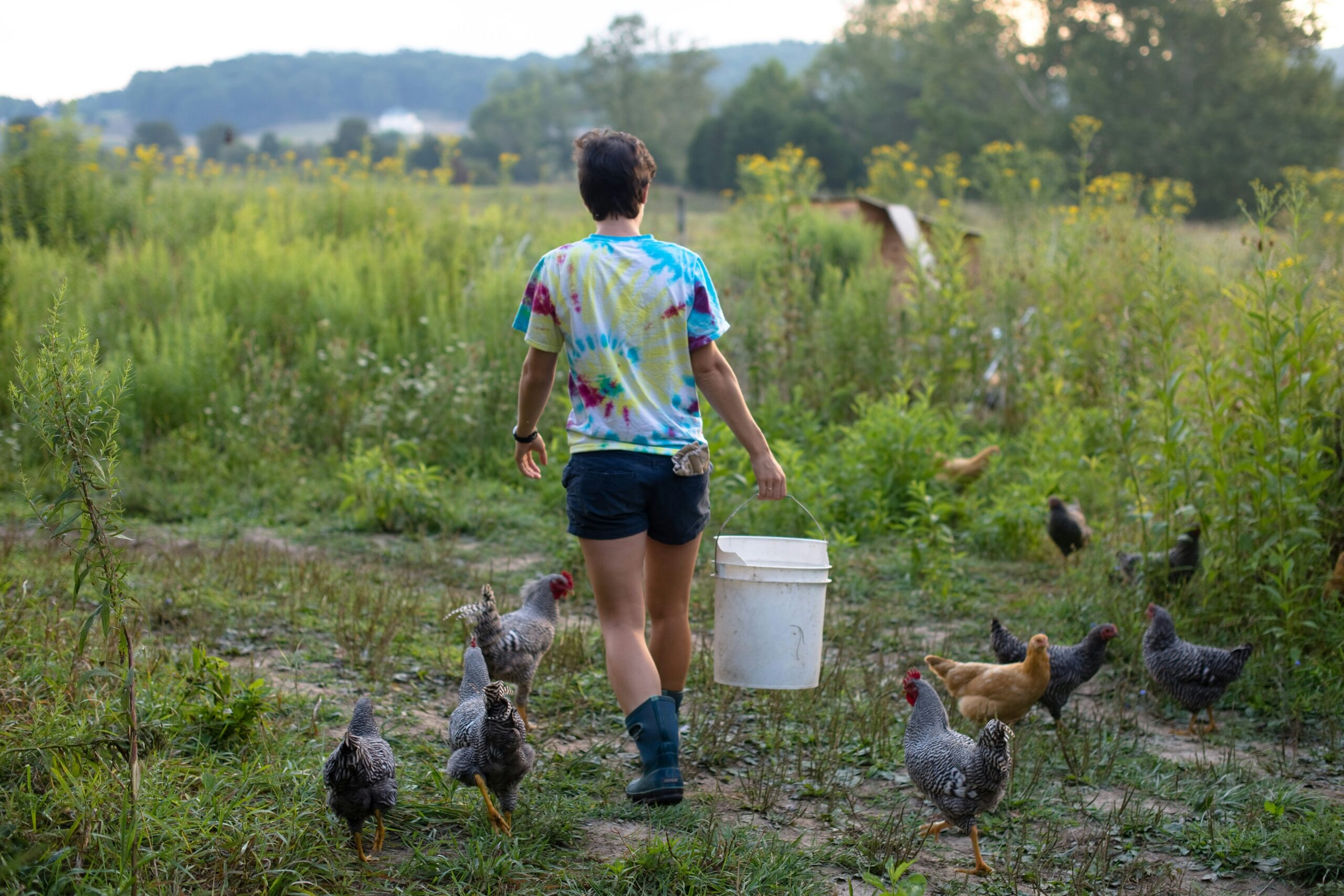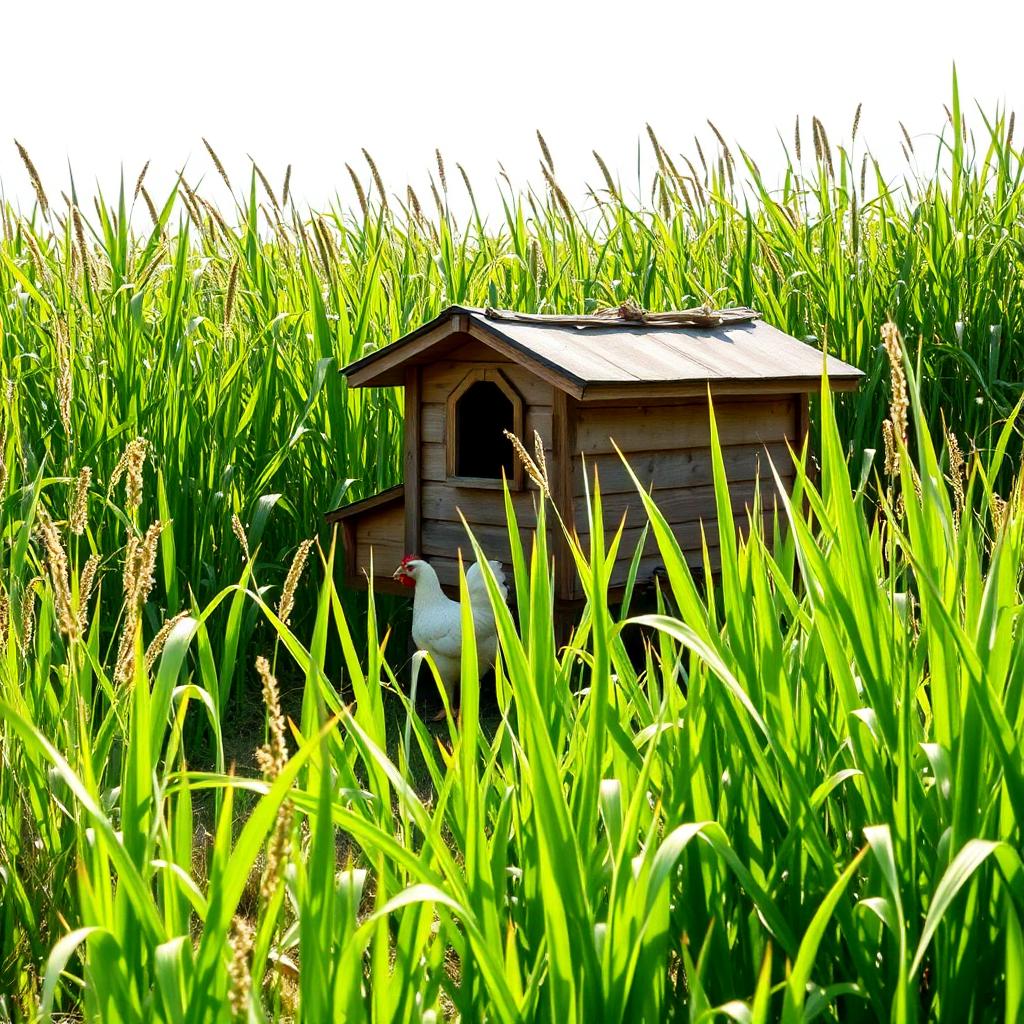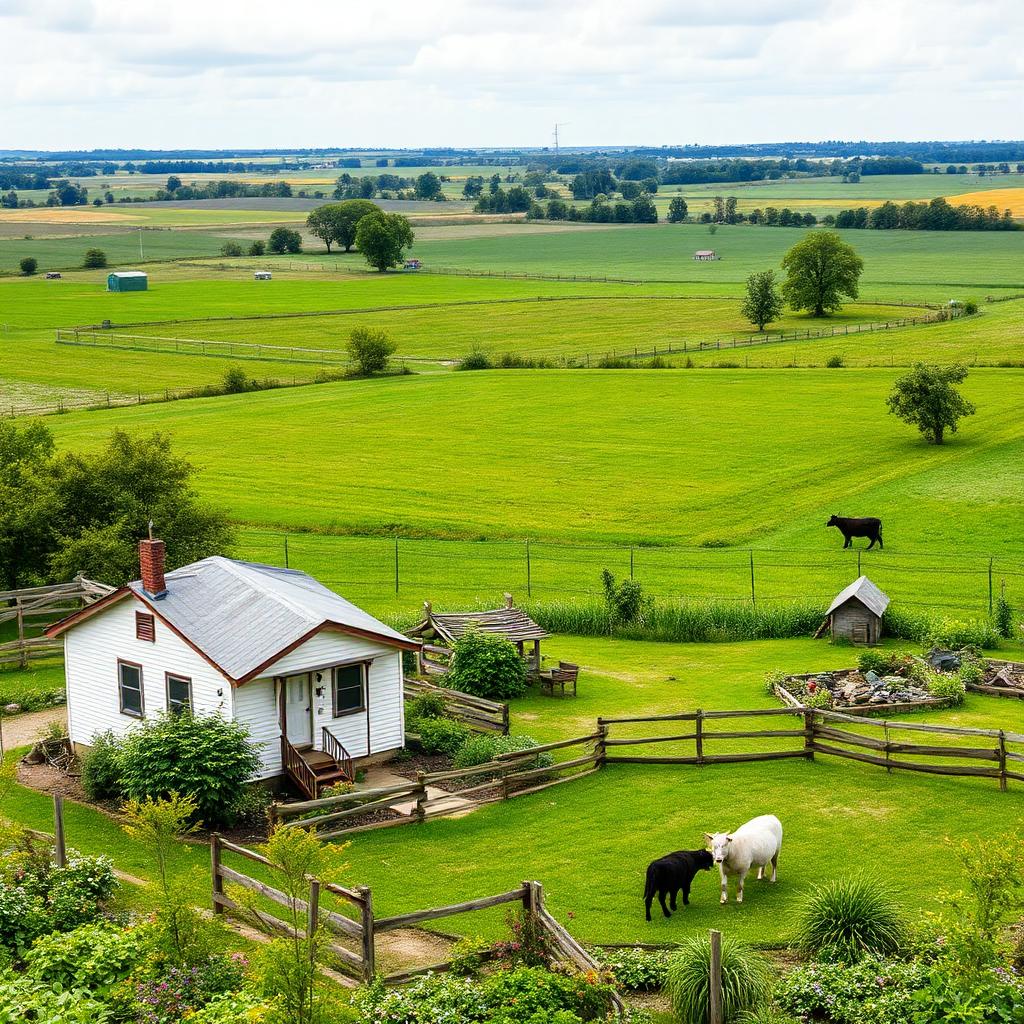
Urban homesteading is more than just a trend; it’s a movement rooted in self-sufficiency, sustainability, and community resilience. Living in an urban environment doesn’t mean you can’t cultivate your own food, reduce your carbon footprint, or live in harmony with nature. In fact, with some creativity and determination, anyone can start their own urban homesteading journey. Whether you have a small balcony, a backyard, or even just a sunny windowsill, this article covers essential steps to help you get started.
Understanding Urban Homesteading
It incorporates the traditional methods of homesteading with contemporary living. Using available space within an urban area to grow food, raise animals, and produce a sustainable way of life constitutes urban homesteading. That may include container gardening, making use of community gardens, composting, or even keeping chickens or bees when the local rules allow it.
Evaluating Your Space
Your first step as an urban homesteader is to assess your living space. The smallest apartment or balcony has its potential. Take into consideration the following:
Sunlight: Identify areas in your home that receive adequate sunlight. Most vegetables and herbs need at least 6-8 hours of sunlight a day.
Available Space: Evaluate how much space you can dedicate to gardening. This could be a backyard, front yard, balcony, or even windowsills.
Local Regulations: Research your city’s regulations on urban farming and gardening. Some areas have restrictions on livestock or specific types of structures.
Starting Small: Container Gardening
If you’re new to gardening, starting small with container gardening is a great approach. This method allows you to grow food in limited space and makes it easier to control soil quality and moisture. Here’s how to begin:
Choose Containers: Any container with drainage holes will work—old pots, buckets, or even repurposed plastic containers.
Soil Selection: Spring for quality potting soil, light and fertile. Avoid using dirt from your yard, as it may not drain properly in containers.
Choosing Plants: Start with easy-to-grow herbs such as basil, cilantro, or parsley and vegetables like lettuce, radishes, or cherry tomatoes. These can thrive in smaller spaces.
Watering and Care: Be sure to water your container plants regularly as they tend to dry out quickly. You can also use self-watering containers for easier maintenance.

Vertical Gardening
Vertical gardening is a great technique for maximizing space, especially in urban areas. This technique grows plants upwards using walls, fences, trellises, or hanging systems. Here’s how to get started:
Structures: You can make trellises or shelves for pots. Wall-mounted planters or using pallets offer great vertical space.
Plant Selection: Climbing plants like peas, beans, and cucumbers are ideal for vertical gardening. Many herbs and flowers can also be arranged vertically.
Maintenance: Make sure that the vertical gardens get enough water as the higher plants may dry faster. Regular pruning will also promote healthy growth.
Composting: Recycling Organics
Building your own compost is a crucial step for sustainable urban homesteading. Composting reduces kitchen waste and enriches your soil. Here’s how to begin:
Compost Bin: You can purchase a compost bin or create your own using a plastic bin or wooden pallets. Ensure it’s in a dry, shaded location.
What to Compost: Use kitchen scraps (vegetable peels, coffee grounds, eggshells), grass clippings, leaves, and other organic materials. Avoid meat, dairy, and oils, as these can attract pests.
Turning the Pile: Regularly turning the compost pile ensures proper aeration and decomposition. In a few months, you’ll have nutrient-rich compost to use in your garden.
Getting Involved with the Community
Community connections are very important in urban homesteading. Participating in local groups can provide support, resources, and lots of knowledge. Here are ways to engage:
Community Gardens: Many cities have community gardens where you can rent a plot. These spaces are excellent for growing food and connecting with fellow gardeners.
Workshops and Classes: Join some gardening, cooking, or homesteading workshops offered by local organizations. These can provide useful skills and insights.
Local Farmer’s Markets: Attend local markets not only to buy fresh produce but also to learn from local farmers. Networking can lead to valuable opportunities and resources.
Urban Livestock (If Permitted)
If local laws allow, consider raising small livestock like chickens or rabbits. They can provide eggs or meat.

Urban homesteading is an enriching and rewarding process in which you will rediscover a closeness with nature through living, enabling life, while supporting your environment through sustainable self-sufficiency. From small balconies to backyards of epic size, there are so many ways to grow some or all of your own food, minimize waste, and become more positively influential within your community.
It means starting small and, perhaps, with skills-building, experimenting with container gardening, vertical gardening, and composting. Engage local resources and communities to expand your knowledge base and support network. As you progress through your urban homesteading journey, keep in mind that this is not about perfection but learning, growing, and enjoying the process.
This beauty lies within its ability to be adapted with your lifestyle and the environment of the urban, where a dream and determination become an urban jungle oasis, tending to thrive and contributing significantly to your family’s well-being and the planet’s health. Happy homesteading!




